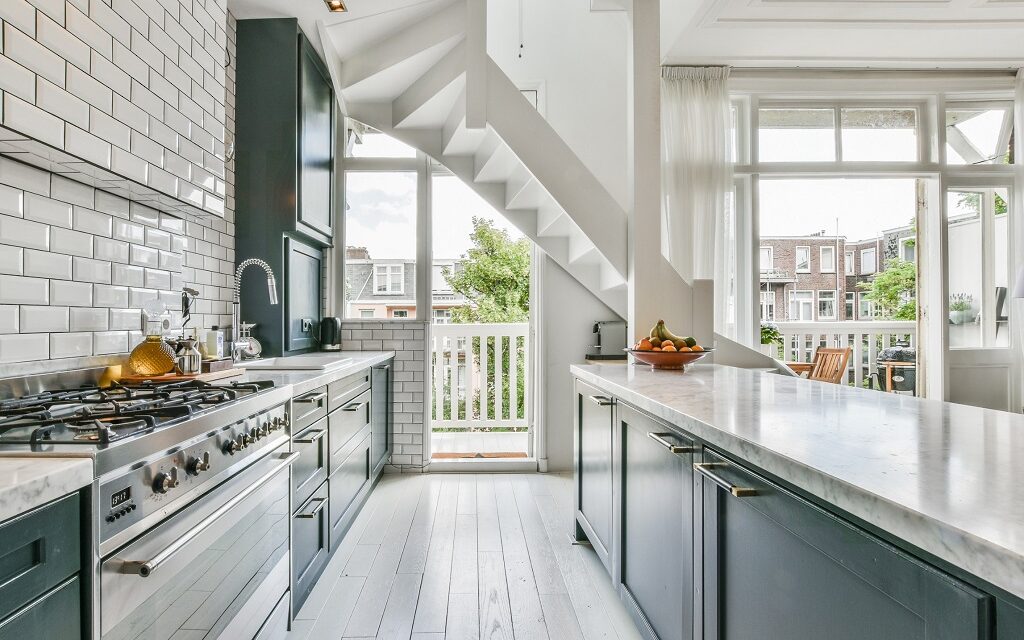If you’re getting ready to upgrade your home, you probably want to get the best possible Return on Investment (ROI). Many people know that different home improvement projects have varying impacts on home resale values. However, not as many people know that there’s a difference between home renovation projects and home remodeling projects.
It may seem frivolous at first, but understanding the difference between renovations versus remodeling sets the foundation you need to choose upgrades that maximize your home’s value.
Here’s everything you need to know about the difference between renovating and remodeling.
Table of Contents
Also see:
- 5 Tips for Living in Your Home During a Home Remodel
- New Technologies to Restore Time-Ravaged Older & Historic Homes
- Why You Need a Fix-It Game Plan for Your Newly Purchased Home
- More Recommended Home Improvement Reading
- Related Topics: Home Renovations | Home Maintenance | Energy Efficiency | Home Wellness
Home Renovations Defined
Renovations, in a nutshell, are changes to the existing structure of your home. This includes updating outdated features and replacing any old systems with modern ones that provide better energy efficiency and performance. Renovations can refer to repairs on the home’s interior or updates to outdoor living spaces.
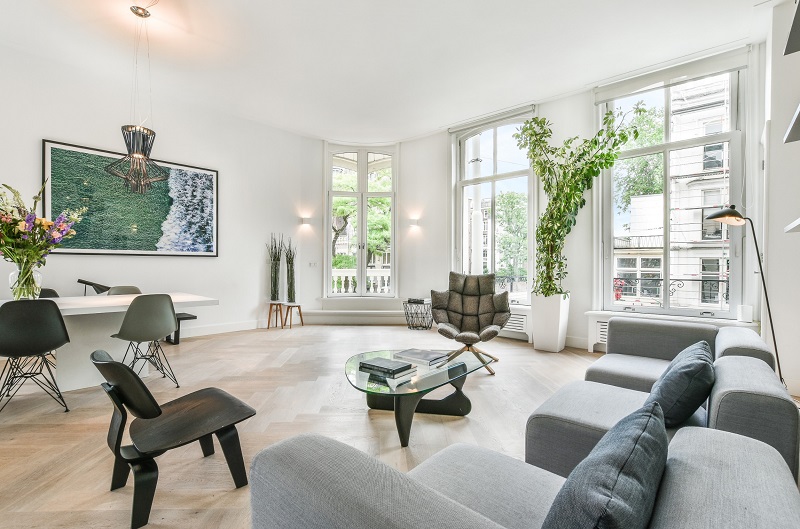
In most cases, these renovations improve the aesthetics and functionality of a room without redesigning the fundamental structure. This isn’t to say that renovations can’t completely transform the look and feel of a space. It simply means utility hookups, load-bearing structures, and other features requiring invasive construction won’t be altered.
Examples of Common Home Renovations
Despite the straightforward definition, there’s a broad array of projects that fall under the umbrella of home renovations. Compare the average costs and estimated ROIs to decide if renovating is right for you.
Kitchen Makeovers
Renovating a kitchen often includes replacing cabinetry, appliances, updating countertops and backsplashes, installing new lighting fixtures, refinishing floors, or adding a breakfast nook.
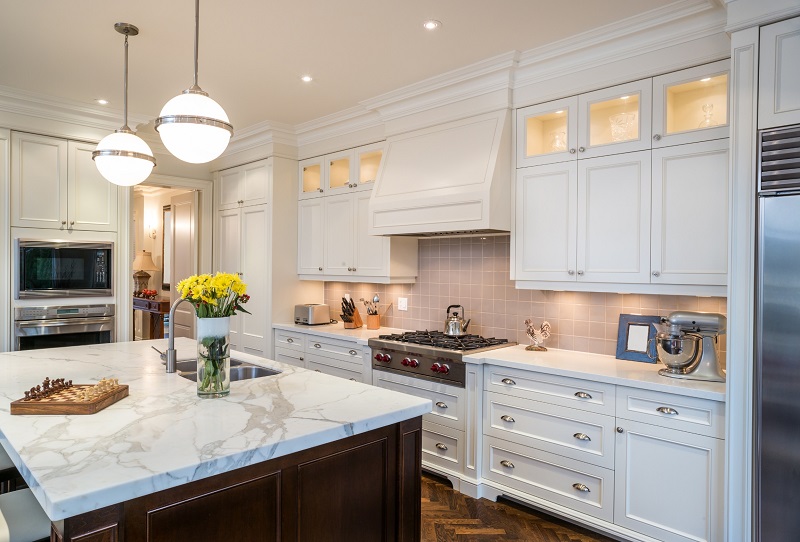
Naturally, the cost of a kitchen renovation can range dramatically. Several expert analyses have found that average costs can range from about $10,000 to more than $20,000. To normalize these estimated costs to the traits of your kitchen, be sure to familiarize yourself with average cost per square foot estimates. For example, HomeGuide gives a cost-per-square-foot range of $100 to $250. These high and low cost values can then be multiplied by the total square footage of your kitchen to derive realistic minimum and maximum potential budgets.
Cost-per-square-foot estimates vary dramatically, as they correlate to basic upgrades on one end of the project spectrum to more comprehensive enhancements, such as installing luxury appliances, on the other end.
Fortunately, homeowners can look forward to an ROI of 50% or more on the average kitchen renovation. First impressions matter when showing a home for sale, too. Most homebuyers report feeling more motivated to buy a home with a kitchen that looks more modern.
Updating the Bathroom
Replacing showerheads, faucets, toilets, vanities, tile flooring, and walls are all great ways to renovate your bathroom. These projects can often be completed in a few days, and the average cost ranges from $2,500 to $5,000. Bathrooms offer an ROI that’s on par with kitchens.

Additionally, renovating your bathroom can help clear out unsanitary components that are too old to clean. Swapping out moldy shower tiles and toilets with rust stains will help you keep a healthy house that sells faster.
Structural Renovations
Larger structural renovations include redoing roofing, siding, windows, and doors. Replacing these components can be costly, but they’re often essential, especially in older homes.
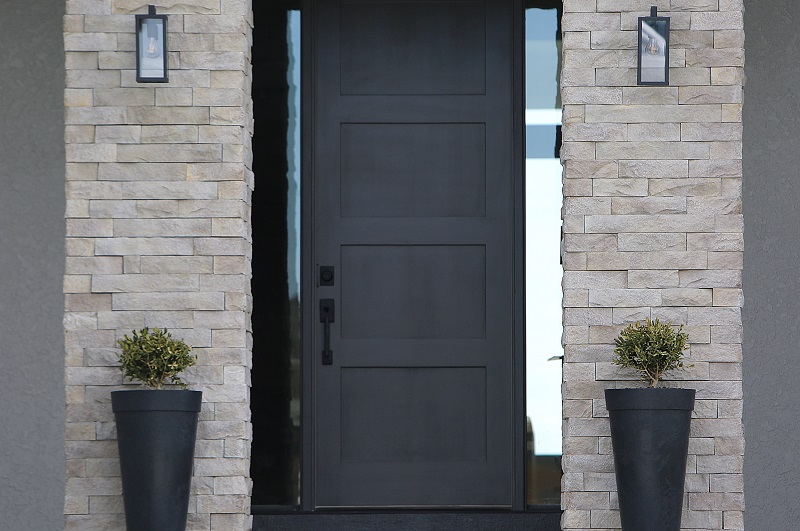
When the structure of a home begins to decline, opting for a renovation can help extend the property’s lifespan without spending as much on a full remodel. Replacing rotting boards, paneling the sides of the home, or reinforcing the back deck are all structural renovations. Although these projects may seem more like remodeling jobs, they don’t require as much demolition or construction.

Home Remodeling Defined
In contrast to home renovations, a true home remodeling project often involves comprehensive changes that require demolishing and rebuilding parts of the home.
Remodels may include expanding the existing space by combining rooms, creating an open floor plan, or adding extra rooms such as a bedroom or office.
On average, they’re more expensive than renovations, but strategic homeowners are still able to find ways to yield significant returns.
Examples of Common Home Remodeling Projects
Wondering whether the project you have in mind is a remodel or a renovation? Refer to these common types of home remodels to get a better idea of the cost and scope of your dream home improvements.
Adding an Additional Floor
Many homeowners opt to add an extra floor or a loft on their property. This is a great way to increase the square footage and add additional rooms without changing the overall footprint of your home.

Average costs for adding a new floor range from $30,000 to $50,000 or more. Additionally, it takes a significant amount of time to complete this type of project. In some cases, homeowners aren’t able to use their houses at all during the remodel. When this happens, it’s important to factor in the cost of hotels or rentals into the overall cost.
Repurposing a Room
Thinking of expanding your master bathroom by removing a wall? Perhaps you’re dreaming of turning your garage into a comfy home office complete with heating and air-conditioning.
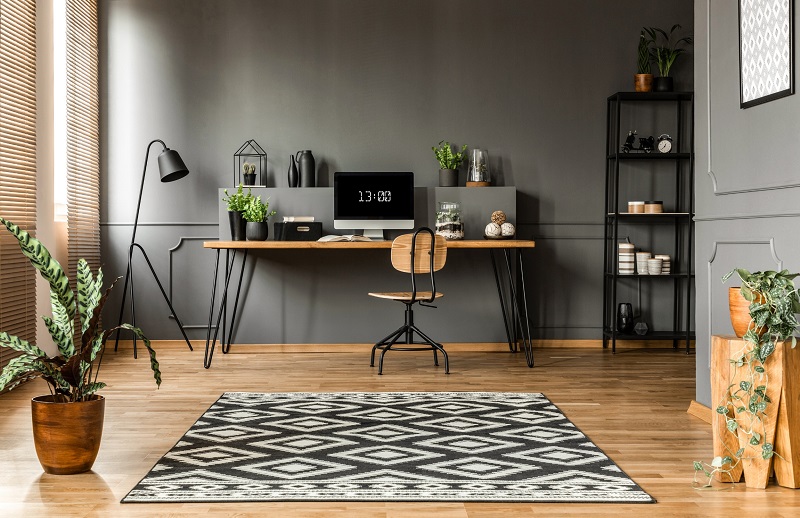
Any project that dramatically repurposes a room is classified as a remodeling project. The costs of repurposing a room can be steep, especially when utilities are involved.
A lot of your home’s layout is predetermined by the configuration of water hookups, gas lines, and electrical wiring. Many homeowners find that repurposing a room is just as expensive as building from scratch because it requires remodeling contractors to collaborate with electricians and plumbers to get everything right.
Converting Part of Your Home to a Rental Space
Some homeowners choose to rent out part of their house in order to earn passive income via rental payments. This process is commonly referred to as house hacking.

House hacking can be done in many different ways. People who want to preserve their sense of privacy often choose to remodel their home in order to have two separate living spaces. The process of converting a single-family home to a multi-family home requires an intensive remodel, although it has a good chance of paying off, as long as the space is rented out consistently at market rates.
Renovate or Remodel? Now You’re Ready to Decide!
Renovations and remodels each have pros and cons that can affect your quality of life and property values. The right choice for your home improvement projects will depend on your wants, needs, budget, and goals.
Looking to quickly boost curb appeal before selling? A renovation might be best for you.
If you’re a real estate investor fixing and flipping a house, then you might prefer a remodel.
Whichever type you choose, understanding the difference between these terms will help you make the most-informed decision, while setting proper expectations.
Also see:
Recommended Reading
- How to Plan & Manage a Renovation Successfully
- Home Renovation Contracts: Costly Mistakes to Avoid
- How to Choose a Qualified & Trustworthy Contractor
- Technologies Used to Rectify Older & Historic Homes
- Unforeseen Circumstances: Planning for Post-Demolition Surprises
- 8 Wellness Design Tips for Your Kitchen & Bath
- Need Renovation Inspiration? Try These Innovative Design Resources!
| Purgula is reader-supported. When you click on links to other sites from our website, we may earn affiliate commissions, at no cost to you. If you find our content to be helpful, this is an easy way for you to support our mission. Thanks! Learn more. |

